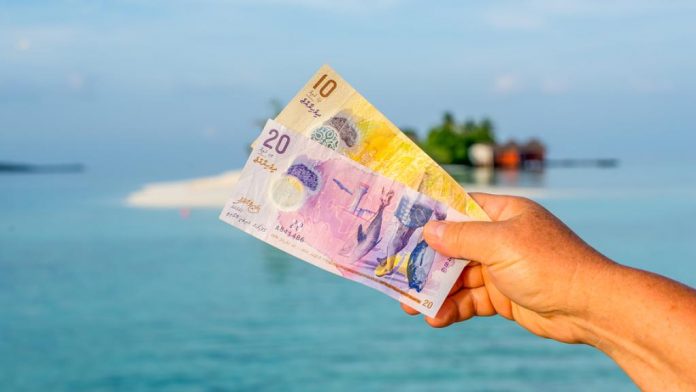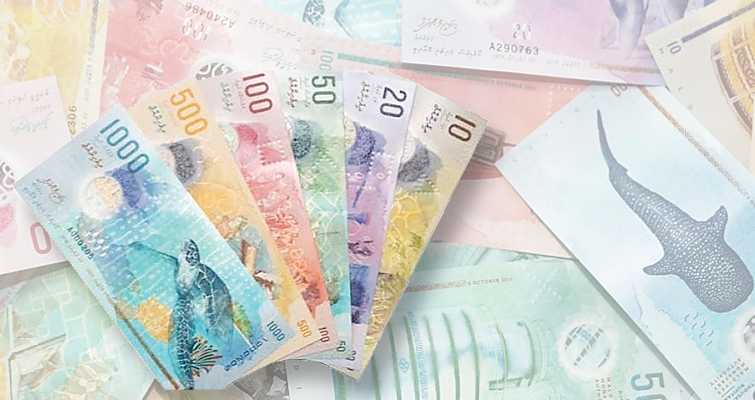
During an economic recession, some countries print currency to recapitalize their banks. This is to increase the monetization and to increase the money circulation in the economy. It aims to maintain the stability of the national financial system. It’s an economic instrument used by many countries during shortage of money supply in the economy. It can be bad and good, depending on how the policy is handled by authorities. Nevertheless, printing money creates a sense of nervousness amongst both economists and the general public.
Governments print money when they cannot finance their borrowings by selling bonds. Often the governments practice this during the recession. It is the last strategy governments take to improve the money circulation within the economy. The process should be carefully planned and well structured. If a government prints money faster than the growth of real economic output, it will reduce the value of money and this causes inflation.
According to a finance industry expert working in the banking sector, printing currency during recession is a temporary solution. It helps increase money circulation within the economy for a short period of time. For the long term it could be a burden for the economy by increasing inflation and decreasing the value.

He further said that printing more money doesn’t increase the economic output of the country. It only increases the amount of cash circulating in the economy. If more money is printed, consumers are able to demand more goods, but if the business still has the same amount of goods, they will respond by putting up prices. This will lead to inflation.
Mr. Hassan Waheed, President of Privatization and Corporatization Board said that Maldives economy is open as it predominantly trades with a single sector with the rest of the world. The country is relying on imports for almost all the consumables and all the raw materials. Few sectors that contribute to production are on halt of all the production except few service industries that depend on imports. Without much room to boost local industries and production, every rufiyaa that is monetized will end up chasing dollars to replace goods that leave shelves of traders of imported goods.
According to Waheed, without a domestic production we cannot expect any stimulus in economic activities. Though this can be a temporary relief to public finance, and households who need to continue paying for rent, utilities, and other necessary supplies to households.

“If the situation is to prolong, we will find it extremely difficult to replenish those stocks that have left the stock of traders without any source foreign exchange flow into the economy,” he further added. This will result in increased price of foreign exchange in parallel markets that have been providing much needed foreign exchange for importers over the years. Unless there is an inflow of foreign currency into the economy such as foreign borrowing by government, this will lead to a cost push inflation.
High inflation may lead to hyperinflation in the economy. Hyperinflation is a term to describe rapid, excessive, and out-of-control general price increases in an economy. In the recent years hyperinflation is a rare event for developed economies. Hyperinflation can be extremely damaging to an economy. However, it has occurred many times throughout history. Most recently it has occurred in Zimbabwe and Venezuela.
According to a finance expert working in an infrastructure development company, printing money necessarily doesn’t always cause inflation. For instance, in times of recession where demand for goods falls, the government purposely prints money to avoid deflation. It will help to supply more money and to circulate money within the economy.












